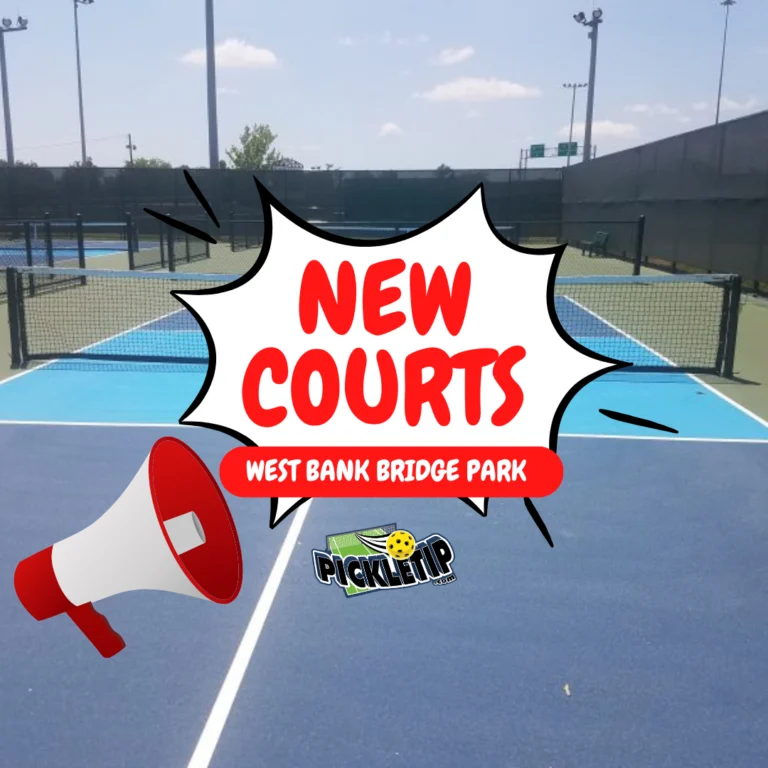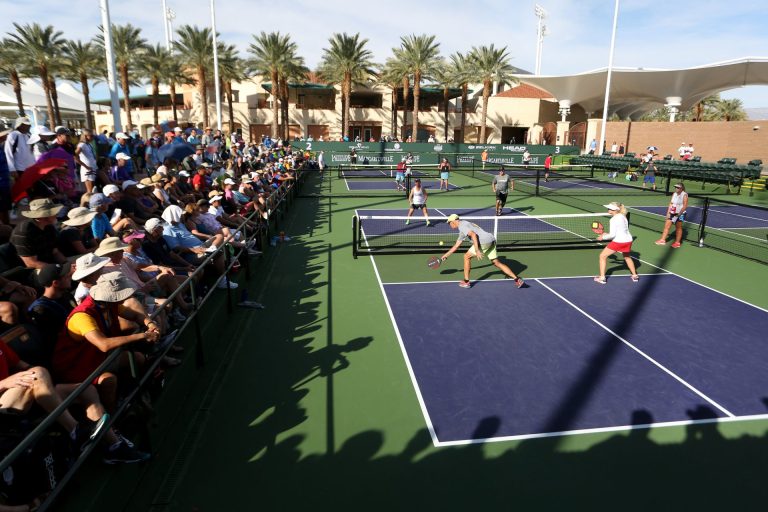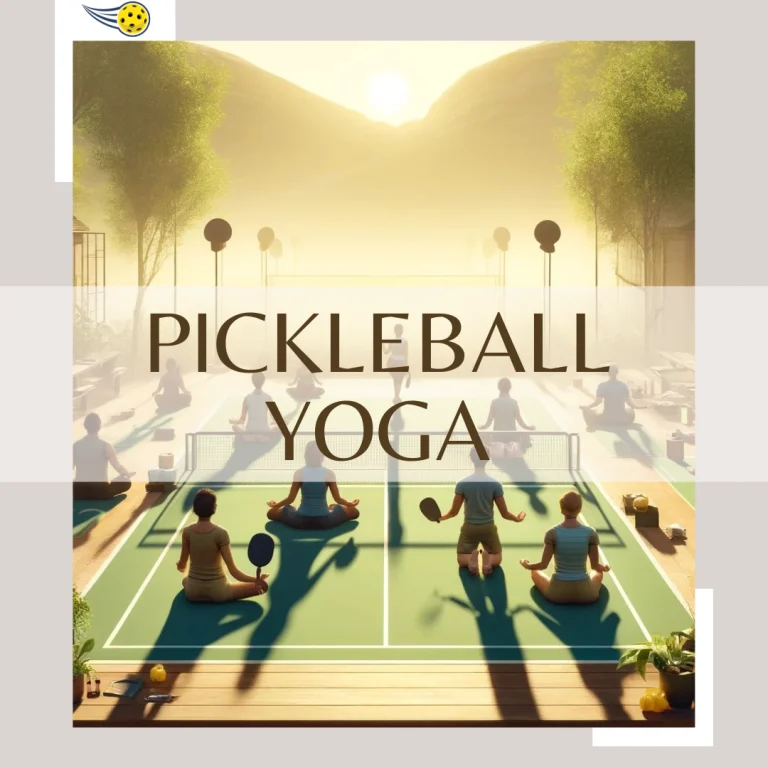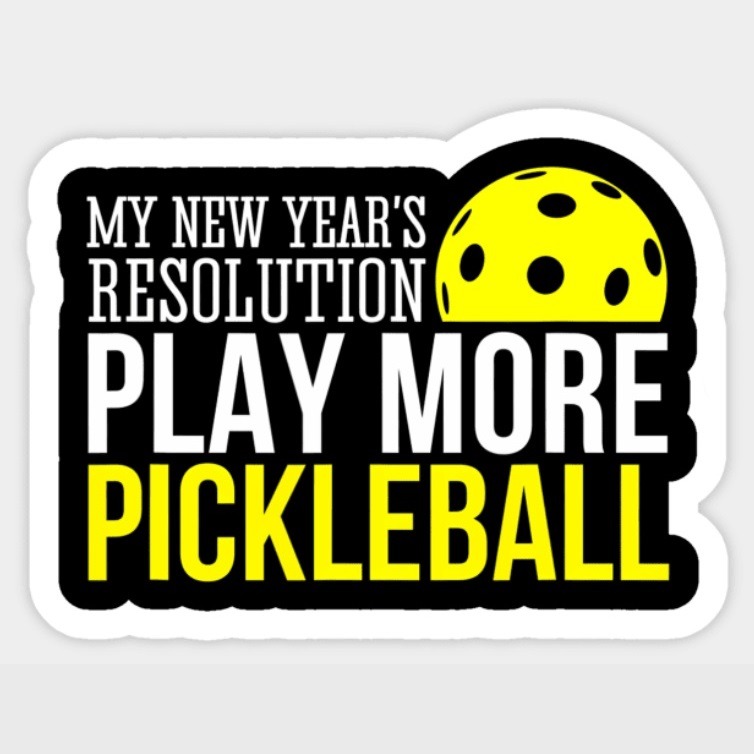Pickleball: The Inclusive Sport Taking the World by Storm
The Inclusive Sport of Pickleball, a paddle sport that combines elements of tennis, badminton, and table tennis, has been gaining immense popularity in recent years. But what sets it apart from other racquet sports? The answer lies in its inclusivity and social nature. Here’s a closer look at why pickleball is not just a passing trend but a sport that’s here to stay.
A Social Sport for All Ages
One of the standout features of pickleball is its social nature. Players, regardless of their experience level, are often welcomed by others on the court. Even those unfamiliar with the rules find themselves invited to join in doubles matches. This welcoming and inclusive nature of the pickleball community is evident worldwide. Whether you’re a senior, a youngster, or someone from a different country, pickleball courts are places where everyone mingles and plays together.
A Contrast to Tennis
There’s a noticeable difference between tennis and pickleball cultures. In tennis, players typically stick to their own groups and rarely invite outsiders to join. Pickleball, on the other hand, thrives on community interaction. Players often invite those on adjacent courts to join in, making it a much more communal experience.
Building Connections and Friendships
The sport is not just about playing; it’s about forming connections. Many players have shared stories of meeting numerous new people in just a short span of playing at local courts. The social aspect of the sport, where almost everyone you meet becomes a friend, is a significant reason for its growing popularity.
A Sport for Fun, Not Just Competition
While competition is a part of any sport, pickleball stands out for its emphasis on fun. Many believe that tennis players often take themselves too seriously, whereas pickleball players prioritize having fun. This laid-back attitude, combined with the sport’s social nature, makes it appealing to a wide range of people.
The Future of Pickleball
Given its inclusive nature, it’s no surprise that pickleball is rapidly growing in popularity. Its ability to bridge gaps between different age groups, cultures, and skill levels makes it a unique sport in today’s world. As more people discover the joys of pickleball, its community is bound to grow even larger.
Pickleball an Inclusive Sport: A Beacon of Inclusivity Across Boundaries
Pickleball’s rise in popularity is not solely due to its engaging gameplay but also its ability to foster inclusivity across various demographics. The sport’s welcoming nature transcends age, gender, religion, occupation, and ethnicity, making it a melting pot of diverse players. Let’s delve deeper into how pickleball champions inclusivity:
The Inclusive Sport of Pickleball: Gender Inclusivity
Unlike many sports where there’s a clear distinction between male and female players, pickleball encourages mixed doubles. This format not only promotes gender equality but also allows for diverse strategies and gameplay. Women and men play side by side, breaking traditional barriers and promoting a sense of unity.
Religious and Cultural Harmony
Pickleball courts have become spaces where players from different religious and cultural backgrounds come together. The sport doesn’t require any specific attire, making it accessible for individuals from various religious backgrounds. Moreover, the community-driven nature of pickleball fosters understanding and respect among players, leading to a harmonious environment.
Occupational Diversity
From doctors to teachers, engineers to artists, pickleball attracts individuals from all professional backgrounds. The sport offers a break from the daily grind, allowing players to interact with people outside their professional circles. This mix of occupations enriches conversations and broadens perspectives.
Ethnicity and Nationality
Pickleball’s global appeal ensures that it’s not limited to any particular ethnicity or nationality. Courts often see a blend of local residents and international enthusiasts. This diversity is a testament to pickleball’s universal appeal and its ability to bridge cultural gaps.
Adaptive Pickleball
The sport’s adaptability makes it accessible to individuals with disabilities. Specialized equipment and modified rules ensure that everyone, regardless of physical limitations, can enjoy the game. This inclusivity further cements pickleball’s reputation as a sport for all.
Economic Accessibility
Pickleball is relatively inexpensive to start. Basic equipment is affordable, and many public parks have free-to-use courts. This economic accessibility ensures that the sport is not limited to a particular economic class, making it a game for everyone.
Community Initiatives
Many pickleball communities organize events, workshops, and tournaments that emphasize inclusivity. These initiatives aim to introduce the sport to more people and ensure that everyone feels welcome, regardless of their background.
Pickleball: The Most Inclusive Sport
In essence, pickleball is more than just a sport; it’s a movement that champions diversity and inclusivity. Its ability to bring together people from different walks of life underlines its potential to foster global unity. As the sport continues to grow, it will undoubtedly play a pivotal role in promoting understanding and harmony among its diverse community of players.
In conclusion, pickleball’s inclusivity, combined with its social nature, ensures that it’s not just a fleeting trend. As more people of all ages and backgrounds discover the sport, its community will continue to thrive, making pickleball a game that’s here to stay for the long haul.







